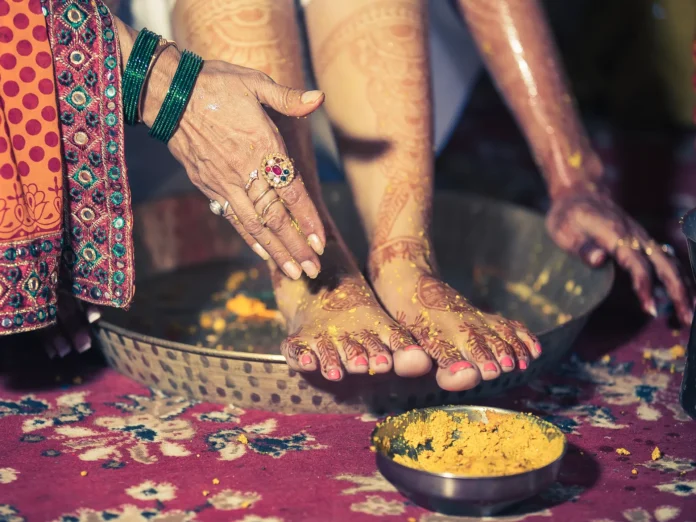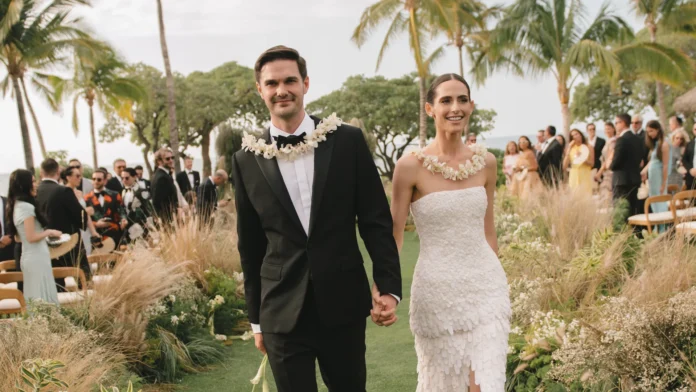Grief is a universal experience, yet each person’s path through it is deeply personal. While therapy, support groups, and time are well-documented tools for healing, one unexpected remedy has gained quiet recognition: travel. Beyond mere distraction, journeys—whether to distant lands or familiar retreats—can help us reorient ourselves after loss, offering both escape and confrontation in equal measure.
When the Map No Longer Fits
Neuroscientist Mary-Frances O’Connor, author of The Grieving Brain, describes grief as the painful process of discarding the mental maps we’ve relied on—maps that once guided us through relationships, routines, and identities. When loss shatters these internal guides, the physical act of traveling can serve as a way to redraw them.
For me, this truth became undeniable after losing my mother and brother within a year of each other. While my father adhered to the Chinese tradition of miànzi (saving face), moving forward with stoic resolve, I fled to Glacier National Park—a place my family had once explored together. There, amid towering peaks and glacial lakes, I began the slow work of reassembling my world.
Grief Beyond Death: A Modern Epidemic
Grief isn’t limited to bereavement. As O’Connor explores in The Grieving Body, it encompasses any loss that fractures our sense of self: breakups, job losses, chronic illness, even the passage of time itself. The COVID-19 pandemic amplified this collective sorrow, leading the World Health Organization to classify prolonged grief disorder as a legitimate condition in 2018.
In response, “grief-related wellness” has emerged as a travel trend in 2024. But unlike traditional vacations, these journeys aren’t about escape—they’re about engagement.
The Two Faces of Grief Travel
Dr. Robert Neimeyer, a leading grief researcher, explains that healing requires oscillation between loss-oriented and restoration-oriented coping. Travel can facilitate both:
- Loss-oriented travel might involve pilgrimages to meaningful places, allowing space to mourn.
- Restoration-oriented travel focuses on rebuilding—whether through new experiences, deepened relationships, or physical challenges.
However, Neimeyer warns against using travel as pure avoidance. “If the goal is to erase the loss rather than confront it,” he says, “it becomes a defensive strategy, not a healing one.”
Dr. Charlotte Russell, founder of The Travel Psychologist, identifies red flags of escapism:
- Booking trips impulsively when overwhelmed
- Avoiding emotions rather than processing them
- Feeling dread upon returning home
- Never feeling “satisfied” no matter how much you travel
Six Ways to Travel Through Grief
So how can we journey with intention? Dr. Karen Wyatt, host of the End-of-Life University podcast, outlines six types of grief travel, each serving a distinct purpose.
1. Restorative Travel: The Power of Pause
After losing several maternal figures in quick succession, my family sought solace in Sedona, Arizona, where energy vortexes are said to recalibrate emotional wounds. At L’Auberge de Sedona, sound baths with crystal singing bowls helped realign our fractured spirits.
Similarly, when our eldest left for college, we rented a camper van and camped at Crater Lake National Park. Under a sky unpolluted by artificial light, the vastness of the universe put our small sorrows into perspective.
Key takeaway: Choose destinations that encourage stillness—forest retreats, desert sanctuaries, or quiet coastal towns.
2. Contemplative Travel: Meeting Yourself Anew
Grief often demands introspection. Activities like journaling, meditation, or even creative pursuits (glassblowing, painting) can help untangle complex emotions.
After a friend’s betrayal derailed my daughter before a snowboarding competition, a tarot reading at Clarvergence in Breckenridge offered unexpected clarity. Later, shaping molten glass at Breck Create became a metaphor for reshaping her resilience.
Key takeaway: Seek out workshops, silent retreats, or guided mindfulness experiences.
3. Physically Active Travel: Movement as Medicine
Grief lodges in the body as much as the mind. Hiking, surfing, or even summiting a mountain can channel restless energy into something transformative.
Alice Ryan of Wild Grief organizes wilderness trips for young mourners, emphasizing that “travel, like grief, is a process—you keep moving through it.” Mariyana Castleberry, who climbed Kilimanjaro after battling long COVID, found that the physical challenge also released decades-old grief over her father’s death.
Key takeaway: Adventure travel—backpacking, cycling, scuba diving—can metabolize sorrow into strength.
4. Commemorative Travel: Honoring What Was
Returning to meaningful places can be cathartic, but timing matters. For years, I avoided Huntington Beach, where I’d grown up with my brother. When I finally returned with my children, we kayaked in the harbor, surfed the breaks he never got to ride, and rode my mother’s favorite Disneyland attraction. It hurt—but it also healed.
Key takeaway: Rituals matter. Scatter ashes, revisit favorite spots, or create new traditions in honor of what’s been lost.
5. Informative Travel: Learning Through Loss
For those who process grief through action, volunteer trips or skill-based journeys (wildlife conservation, cultural immersions) can provide purpose.
Key takeaway: Combine travel with a mission—helping sea turtles, learning pottery in Oaxaca, or studying meditation in Nepal.
6. Intuitive Travel: Trusting the Unknown
Sometimes, the best grief trips are the unplanned ones. Listen to where your heart pulls you.
The Journey Back to Yourself
Grief never truly disappears, but travel can help us carry it differently. Whether through rest, movement, or remembrance, the right journey can stitch us back together—not as we were, but as we’re becoming.
As I stood on Glacier’s trails years ago, I realized: grief, like travel, isn’t about reaching a destination. It’s about learning to walk new paths. And sometimes, those paths lead us home.










